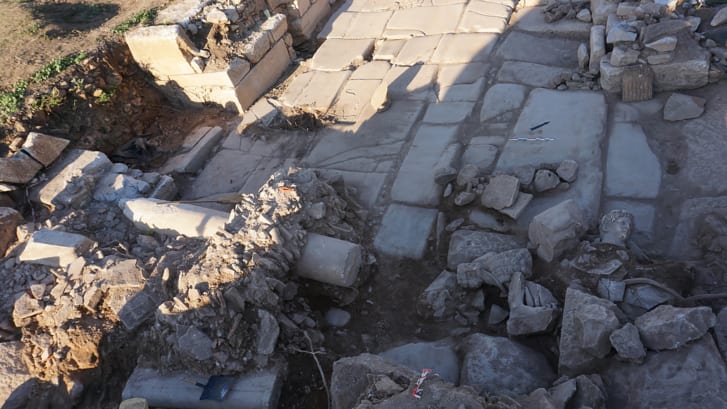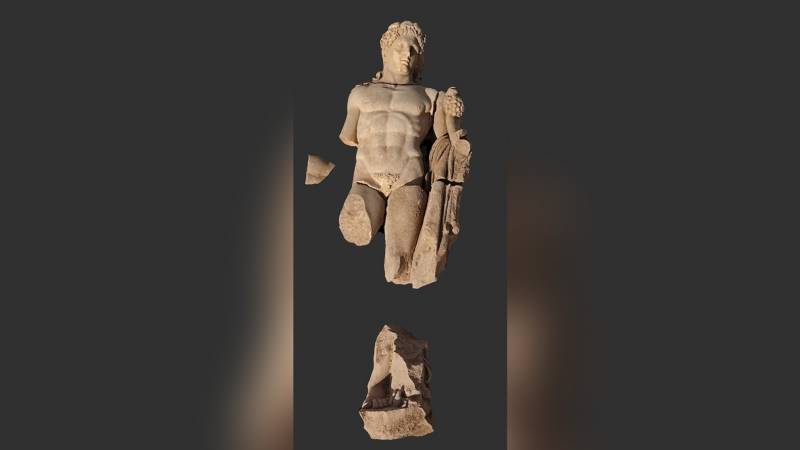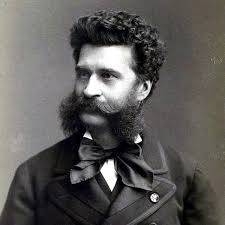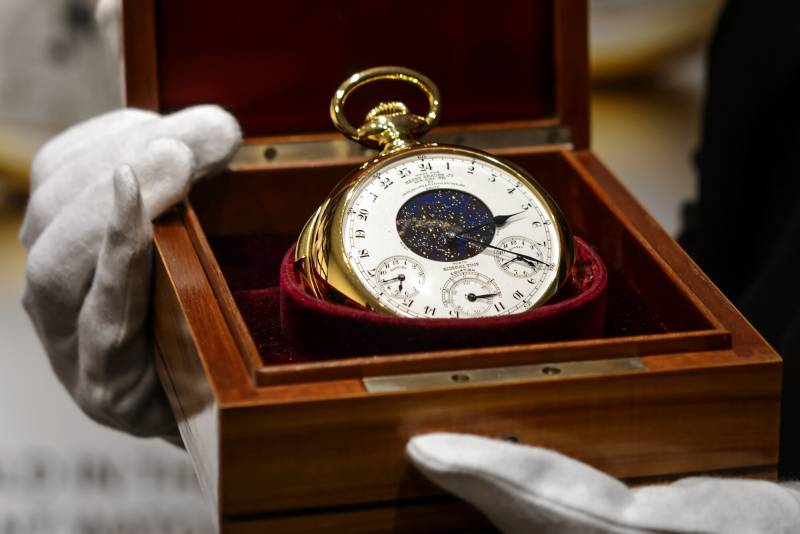Archaeologists have discovered the remnants of a classical statue dating back more than 1,800 years in the ancient metropolis of Philippi, in northeastern Greece. During the excavation, archaeologists unearthed the work from the Roman period, second century AD, depicting the mythical hero Hercules — also known as Heracles, according to a statement from the country's Ministry of Culture and Sports.
Read Also: 'It's time we recognize Black history is British history and MUST be taught in schools'
The team of researchers, from Aristotle University of Thessaloniki in Greece, focused their dig efforts at a site on one of the city's main streets, concluding in mid-September. The excavation also revealed an ornately embellished structure thought to be a fountain, which the statue adorned, the culture ministry said. The archaeologists believe the structure dates back to the eighth or ninth century AD, with the statement explaining that statues often decorated buildings and public spaces in Constantinople — now Istanbul in Turkey — during the Roman reign until the late Byzantine period.

Described by the ministry as a "larger than life" statue, the artifact depicts a derobed, youthful Hercules. Legend has it that Hercules — the son of Zeus, the Greek god and ruler of Mount Olympus — displayed superhuman strength and overcame 12 trials assigned to him by King Eurystheus. Experts identified the legendary hero based on the lion hanging from his left hand and a club, which was found in fragments. According to myth, one of Hercules' 12 labors was to slay a Nemean lion, whose skin he later wore. On the statue's head is a wreath of vine leaves held together by a band that ends at the shoulders.

Natalia Poulou, a professor at the university's School of History and Archaeology, led the excavation. Aristotle University's Anastasios Tantsis, an assistant professor, and Aristotle Menzos, a professor emeritus, and 24 students rounded out the team at the UNESCO World Heritage Site of Philippi's ruins, according to the ministry's statement. Alexander the Great's father, the Macedonian King Philip II, founded the walled city in 356 BC, and it later became part of the Roman Empire, modeled as a "small Rome," according to UNESCO's site.
'Extraordinarily interesting'
Archie Dunn, a teaching fellow in Byzantine archaeology at the University of Birmingham in the United Kingdom, described the find as "extraordinarily interesting." He was not involved in the excavation. Dunn, who is familiar with Philippi, said that buildings during the eighth and ninth centuries were rarely decorated with statues, especially those with "pagan origins."
The location where the research team uncovered the statue suggested an intentional placement when it was erected, according to Dunn. "There was a statue of a demigod — as Hercules is — in the middle of the city, at the junction of two major streets, so it cannot be an accident," he told CNN Wednesday. Referring to a medieval text, "The Patria," which talks about Constantinople, Dunn explained how people were forgetting the images of their gods and demigods by that time and were cementing them in legend, and so the significance of the statue may have been lost or forgotten, especially if the work was repurposed. "You had them in Constantinople, you had them in Athens, so it could well be the case that it was being used decoratively (in Philippi)," he said. Excavations at Philippi will continue next year.




